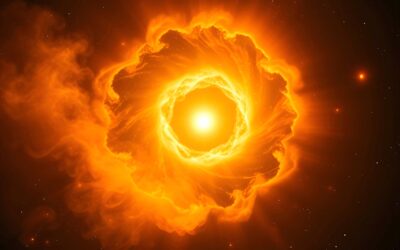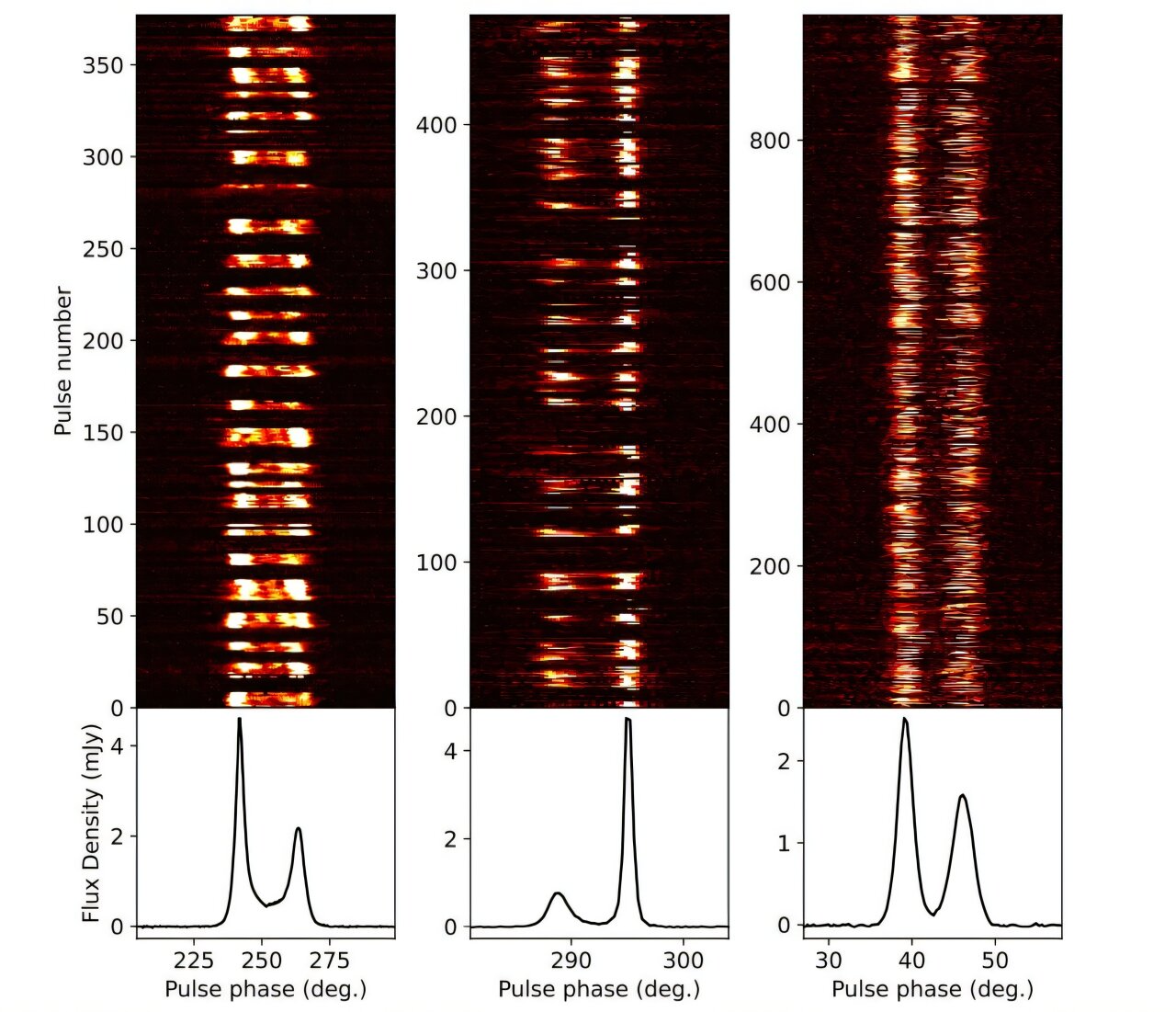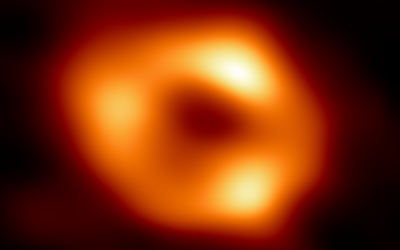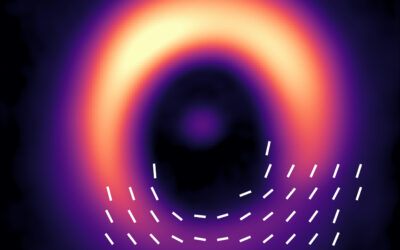Russian astronomers, led by Simon A. Pustilnik from the Special Astrophysical Observatory (SAO), have conducted an extensive photometric observation of the highly variable star DDO68-V1, a unique luminous blue variable (LBV). The findings, published on January 28 on the arXiv pre-print server, provide significant insights into the variability and mass loss behavior of this extraordinary star, which resides in the dwarf irregular galaxy DDO 68, one of the most metal-poor galaxies known.
Luminous blue variables (LBVs) are rare and highly unstable stars, often considered to be at one of the final stages of their evolution. They are massive stars that undergo frequent and dramatic changes in brightness, which are often related to violent eruptions. These eruptions release vast amounts of energy, and the stars themselves can experience significant mass loss during such events. Studying LBVs like DDO68-V1 is crucial because they offer valuable insights into the processes involved in the evolution of massive stars. Furthermore, understanding how such stars behave can shed light on how they contribute to the enrichment of the interstellar medium with heavier elements.
Discovered in 2008, DDO68-V1 has since captured the attention of astronomers due to its extremely low metallicity—meaning it is composed of much fewer heavy elements than most stars, which is rare for such luminous stars. The star underwent a giant eruption between 2008 and 2011, which significantly brightened its light output. This event marked a dramatic moment in the star’s evolutionary history. What makes DDO68-V1 particularly fascinating is its location in DDO 68, a dwarf irregular galaxy located about 41.2 million light-years from Earth. DDO 68 is known for its extremely low metallic content, making it a valuable subject of study for understanding stellar evolution in environments with minimal heavy elements.
The recent study involved a thorough photometric analysis of DDO68-V1 over a 36-year period using both new observations and archival data. The research team aimed to deepen the understanding of the evolutionary stage of LBVs and the nature of their massive and highly variable mass loss. The findings reveal that DDO68-V1 has been in an active state throughout much of the observational period, with its brightness fluctuating significantly.
One of the key results of the study was that the star remained in a relatively “low” state—a period of reduced brightness—only during six brief intervals, each lasting less than a year. This means that the star has been in a highly variable state for most of the past three decades, making it an excellent example of the chaotic behavior exhibited by LBVs.
The light curve of DDO68-V1, which charts the star’s brightness over time, has shown variations of approximately 20.0 to 25.0 magnitude in the V-band (visible light range). This corresponds to an absolute magnitude range between -5.9 and -10.8. Such large variations in brightness are typical for LBVs, but the amplitude of DDO68-V1’s light fluctuations was notably higher than that of other well-studied LBVs. The star’s light curve after its major eruption indicated that the star faded by about 2.0 magnitudes by 2013, following the intense brightening that took place during the eruption.
What sets DDO68-V1 apart from other known LBVs is the amplitude of its variations, which ranges from 3.0 to 3.5 magnitudes. This is significantly larger than what is typically observed in other LBVs with well-sampled light curves. This suggests that DDO68-V1 may be undergoing more extreme variations than other LBVs, and that its mass loss processes could be more intense or erratic.
The researchers also observed that these variations in brightness were not random but seemed to follow a periodic pattern. This could indicate that the star might be in a binary system, where the companion star’s interaction with DDO68-V1 could be influencing its variability. The potential for binarity in LBVs has been a subject of interest among astronomers, as the presence of a companion star could affect the mass loss, luminosity, and overall evolution of the primary star.
To further investigate these behaviors, the researchers recommend high-cadence multiband monitoring of DDO68-V1 over the next several years. This would allow astronomers to collect more detailed data on the star’s variations, improving our understanding of the characteristic timescales and amplitudes of its fluctuations. Additionally, such monitoring could help in identifying any periodic signals that might reveal the presence of a companion star. By carefully tracking the star’s light across multiple wavelengths, astronomers could also gain more insights into its color changes and how these might be linked to its ongoing variability.
The findings of this study not only provide a clearer picture of the behavior of DDO68-V1 but also offer valuable insights into the general properties of luminous blue variables. These stars are thought to be in an advanced stage of their evolution, and the mass loss they experience during such eruptions plays a significant role in the chemical enrichment of their host galaxies. As LBVs shed mass, they contribute new elements into the interstellar medium, which can be incorporated into future generations of stars and planetary systems. Understanding the full life cycle of LBVs like DDO68-V1 could therefore improve our knowledge of how stars evolve and influence the broader environment around them.
DDO68-V1’s unique combination of extremely low metallicity, its high level of variability, and its potential binary nature make it an exceptional subject for further study. The researchers believe that continuing to observe and analyze this star will yield crucial information about the mass loss processes and evolutionary stages of massive stars in low-metallicity environments. These observations may not only deepen our understanding of LBVs but could also provide important clues about the formation and evolution of galaxies themselves, particularly in regions with low metal content.
More information: S. A. Pustilnik et al, On variability of DDO68-V1, a unique extremely metal-poor LBV, arXiv (2025). DOI: 10.48550/arxiv.2501.16810






